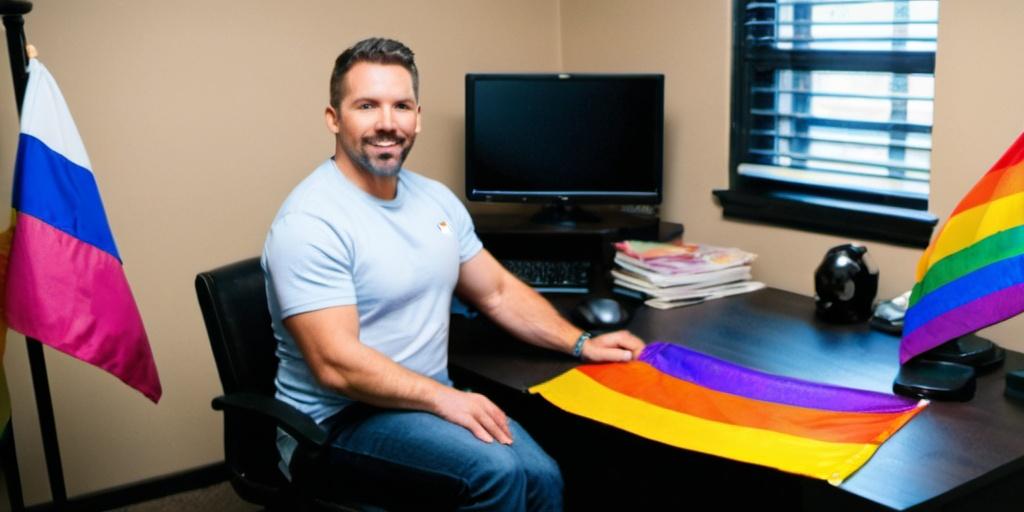Foreign exchange (FX)

Understanding Foreign Exchange (FX)
The FX market is a big deal in the trade and finance world. It’s where currencies are bought and sold, and it’s crucial for global trade and investment. It’s like the giant candy store for currency enthusiasts, buzzing around the clock. This market is where you can swap, say, your dollars for euros or yen or pretty much any currency you can think of. It’s the most liquid market in the world, and its importance in determining exchange rates can’t be overstated.
How FX Trading Works
In the FX market, currencies are traded in pairs. This means that you are buying one currency while simultaneously selling another. Imagine you’re in a dance-off; one foot moves forward, and the other one back—same deal here. You might hear terms like EUR/USD or GBP/JPY. These are currency pairs. The first currency is the base, and the second is the quote. Simply put, if you buy a currency pair, you’re hoping the base currency strengthens relative to the quote currency.
Spot, Forward, and Futures
Currencies can be traded in a few different ways.
- Spot Market: Where trades are made now—well, almost now, because they settle two business days later.
- Forward Market: More like a “promise” market where you agree today to exchange currencies at a future date.
- Futures Market: Similar to forwards but traded on an exchange, bringing in standard sizes and clearance.
Who Participates in FX?
Anyone from banks, central banks, financial institutions, corporations, hedge funds, and even retail traders can be found here. Yes, even your neighbor might be trading from the comfort of their living room. The beauty of FX is its accessibility, but beware, it’s not as simple as just picking the winning horse. Institutions have hefty resources, and retail traders must avoid being the small fish swallowed by the sharks.
Is FX Trading Gay Friendly?
The FX market is generally seen as inclusive, which is a pretty nice word to hear these days. There’s no room for discrimination based on sexual orientation, race, or gender—everyone’s pretty focused on the numbers. Nevertheless, the financial space can still deal with its biases and inefficiencies. But most of the time, it’s all about the currency pairs and making profits. As for LGBTQ+ friendliness, there’s room for everyone, but always best to research any firm you plan to trade through.
Risks and Rewards in FX Trading
Here comes the part where we talk about risk because, let’s face it, the financial markets are not for the faint-hearted. FX trading can be lucrative, but it can also wipe the floor with you if you aren’t cautious. Currency values can be influenced by political stability, economic data, interest rates, and even natural disasters.
Leverage: The Double-Edged Sword
The FX market allows for leverage, meaning you can control a large position with a relatively small amount of capital. It’s like trying to lift a car with the tiniest jack—blow your mind if it works and crush you if it doesn’t. Leverage amplifies your gains but also your losses, and savvy traders know not to get carried away.
Getting Started with FX
If you’re thinking of dipping your toes in, start with a demo account. Play around without risking real money. Once you’re comfortable, set up a live account and begin with small trades. This is not a sprint but a marathon, and proper education is key to not losing your shirt—or your shorts if you’re that kind of trader.
Success in FX is a mix of technical analysis, fundamental knowledge, and sometimes, a gut feeling. Keep your eye on economic indicators like GDP, employment rates, and inflation. Don’t just fly by the seat of your pants; have a strategy, and stick to it.
Conclusion
FX trading is a high-risk, high-reward arena. Whether you’re a big bank or an individual trader, the opportunities and challenges are extensive. But with the right knowledge and approach, it’s a market where anyone can potentially thrive, no matter who they love or how they identify.